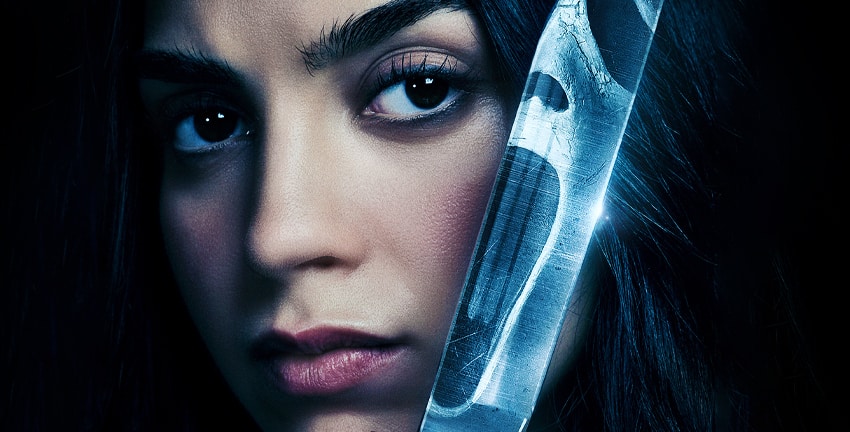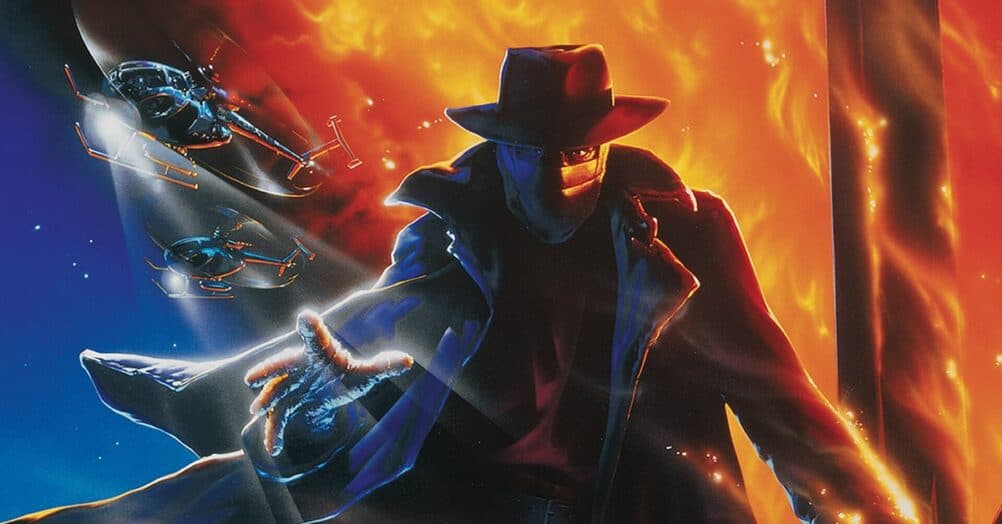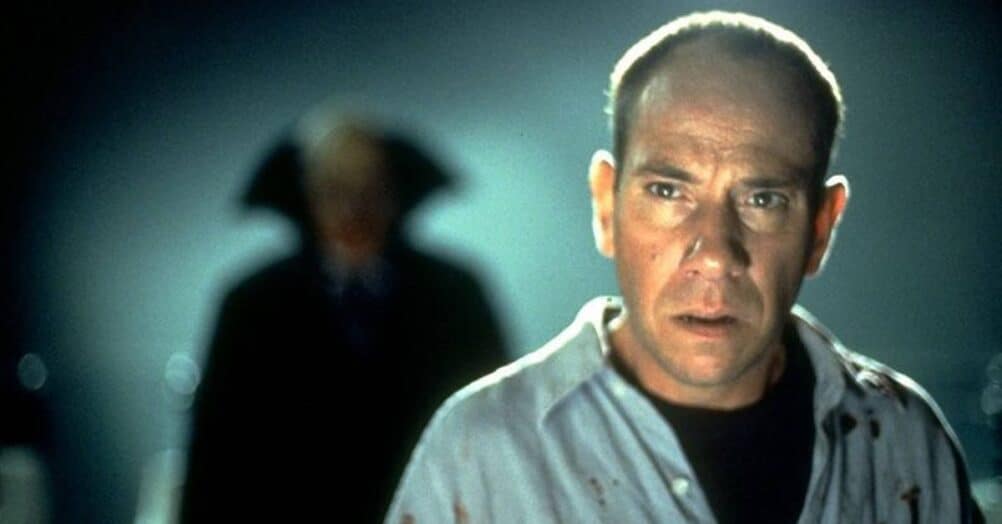Last Updated on August 2, 2021
Ink & Pixel is a source of pride and joy for me as a writer and as such, I’m always striving to take this column further for those who read and enjoy it. In an effort to widen the reach of our continuously growing fanbase, Ink & Pixel has been granted permission to broaden its horizons with the inclusion of films from the Horror, Sci-Fi, and Fantasy genres. I hope that you enjoy this bold new direction for the column. Additionally, if you yourself, or anyone you know, helped to make any of the amazing feature films found within this column, I would love to talk to you to further my knowledge. Please contact me at [email protected] so we can discuss it further.

Hello folks, and welcome to another installment of Ink & Pixel. So far this year, we’ve taken a good look at several upcoming animated offerings with our 2015 Animation Preview, and have dabbled in Arthurian legend and beyond with a look at Disney’s THE SWORD IN THE STONE. Today, I thought we’d pump the breaks on digital and traditional animation a bit, and instead focus down on a style of animation that’s thought to have been around since the year 3000 B.C. – puppetry.

In article’s past, we’ve explored such films as LABYRINTH and THE DARK CRYSTAL, both of which utilize puppetry being used to bring memorable and meaningful characters and stories to life on the big screen. Much of the special effects we see in today’s modern blockbusters and beyond are created using high-end computers, 3D printers, and art programs that have (unintentionally) made it very difficult for puppetry to remain a go-to method of performance animation. In truth, that’s a large part as to why this column exists – to celebrate the unsung, and remember the efforts of the men and women who work so hard to create movie magic.

In my opinion, one of the best examples of puppetry (outside of Sesame Street and the Muppet films, of course) is the science-fiction romantic musical, LITTLE SHOP OF HORRORS. Unleashed upon the public in 1986 and directed by Muppet alumni Frank Oz, this dark and quirky comedy about a nebbish florist and a man-eating alien plant, in time, would – in time – become a cult film phenomenon not unlike THE ROCKY HORROR PICTURE SHOW and MONTY PYTHON’S THE HOLY GRAIL. The film boasts a cast of immense talent, which includes actors such as Rick Moranis, Ellen Greene, Vincient Gardenia, John Candy, and a greasy, black haired, motorcycle riding Steve Martin. Along with members of the Jim Henson Company, this romantic tale of man-versus-plant seeds itself inside of your heart – and sinks its roots deep into your funny bone.

Oz’s LITTLE SHOP OF HORRORS, produced by David Geffen (yes, of Geffen Records) was written by Howard Ashman, and is based on Alan Menkin’s off-Broadway musical comedy of the same name. Purportedly, the story told in Little Shop was inspirited from a book written by John Collier in 1932 entitled Green Thoughts. Later, legendary filmmaker Roger Corman brought Collier’s horror-fueled comedy to life with his own silver screen adaptation of the story. Corman’s version, shot entirely in just 2 days, happened to include a young, and seriously creepy Jack Nicholson. Oz’s presentation of the Little Shop story remains very close to that of Corman’s, and again tells the tale of a shy florist, who is forced to come to grips with the limits of his humanity while tending to a demanding and murderous agenda of an alien plant.

Alright, origin story time is over, folks. Allow me to speak on the real reason you all have read this far – that soulful, toothy, Venus flytrap-looking mama from outer space, Audrey II (voiced by Levi Stubbs). Engineered and fabricated by animatronics specialist Lyle Conway, Audrey II was designed after Conway conducted a thorough study of the plant life found at Kew Gardens – located in London, England. Helping him design and bring to life the twelve-and-a-half-foot-tall, 1 ton creature to life was Jim Henson’s very own son, Brian Henson. Together, these two men plotted and built the intricate inner-workings that would allow the puppeteers on set to bring the famished alien to life. How did they do that, you ask? Please allow me to take a quote from the informative insert of the Blu-Ray Special Edition of the film to tell you exactly how.

“Making and filming this irreverent carnivorous plant was a technical challenge, The plant was created to be shown in six stages of growth, as well as in three different versions of Mushnik’s shop. This enabled two units to work with differently sized plants simultaneously. Roughly 15,000 handmade leaves, 2,000 ft. of vine and 11.5 miles of cable were required to make this lip-synching animatronic creature. Conway boasts that the plants used just slightly more cable than was used to make the Brooklyn Bridge.

Each plant version was cleaned, repainted and patched up at the end of every shooting day, which took up to three hours. Audrey II’s growth on camera at the end of “Grow for Me” was created by pulling the plant closer to the camera while it rested on a track that was concealed conveniently by the flowerpot.”
Can you believe all of that? More cable than the Brooklyn Bridge? Take it from me, as someone who has lived in New York state all his life – and has seen that bridge more times that he can count – that’s some wild stuff. Want to know what else is pretty wild? The original ending of Oz’s LITTLE SHOP OF HORRORS featured a grisly scenario in which Seymour was eaten – his glasses mangled and spit out onto the florist showroom floor – by Audrey II. Soon thereafter, the public’s desire to possess their very own Audrey II plant swept the nation, thereby paving the way for a hostile takeover of the planet by Audrey II and her innumerable saplings.

As it turns out, testing audience members were horrified by Oz’s apocalyptic vision, and so cast members were called back to the set to re-shoot the finale. Thus, the brilliant footage of Audrey II and her (fully grown) babies reeking havoc on the world was cut, stored in a can, and stashed away where it would presumably again see the light of day. As an alternative, audience members got a safe, and far more romantic ending in which Seymour slays the evil plant, then lives out the rest of his days with Audrey. Thankfully, because technology is awesome, you can now view the original ending in its entirety via the Special Edition Blu-Ray or internet.

LITTLE SHOP OF HORRORS was made using only a budget of $25 million, but managed to wrap its sinister vines around a total of $38,748,395 in box office receipts. While this might not be considered a stellar return, the film has grown exponentially in its popularity since its theatrical run. Many theaters still hold special screenings of the film in which audience members are encouraged to sing along to its soulful songs, and shout out loud whenever the famous “Feed me, Seymour!” line leaves the leafy lips of Audrey II.

A cult classic indeed! Personally, I was never able to climb aboard the ROCKY HORROR train, but hot damn if I don’t still love and enjoy LITTLE SHOP OF HORRORS. The film, though nearly 30-years-old, still manages to shine with its star-studded cast, genius display of puppetry, and songs that will stay with you long after the credits have finished rolling.




















Follow the JOBLO MOVIE NETWORK
Follow us on YOUTUBE
Follow ARROW IN THE HEAD
Follow AITH on YOUTUBE